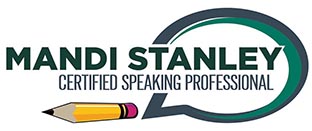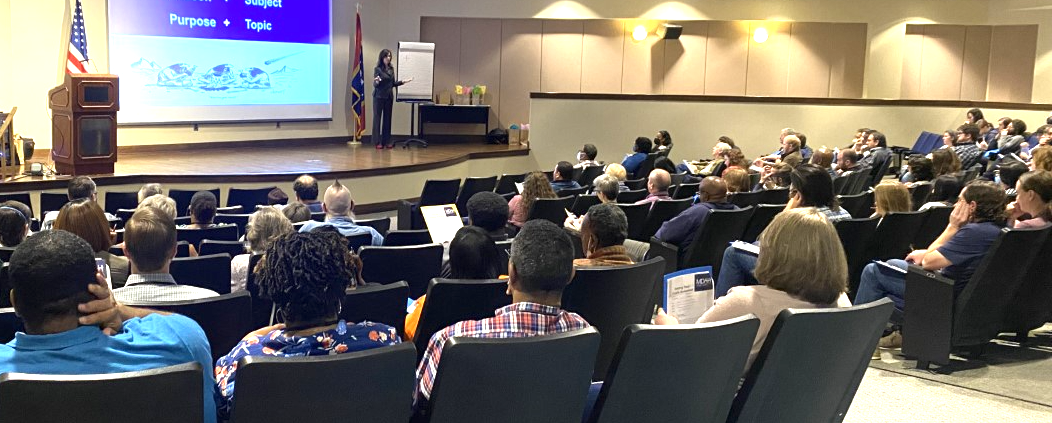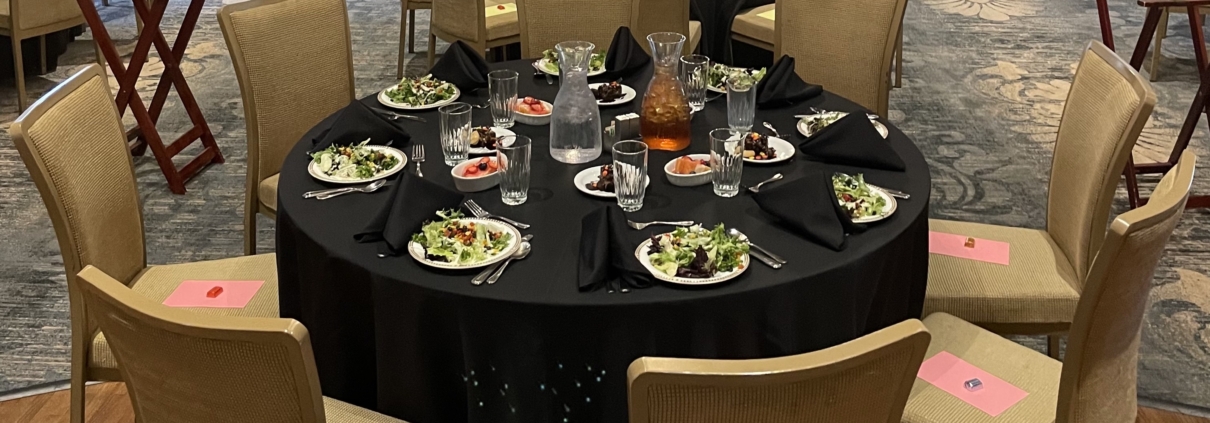Top Ten List of Executives’ Email Pet Peeves
Each year, Stanley Seminars, LLC, surveys leaders within various organizations and associations regarding the essentials of leadership and business acumen. For the executive communication section, we created a Top Ten List of executives’ email pet peeves. We asked leaders about bad email habits they are noticing in the workplace. We dove into what their coworkers sometimes do with email that could cause them—and thereby the entire organization—to appear less than professional.
This most recent list is revealing, and number 10 garners much discussion during my Write It So They Read It workshops:
10. Replying All with one-word comments such as “Got it” or “Thanks” or “Sounds good”
9. TYPING IN ALL CAPS
8. Using BCC: the “tattletale of email”
7. Not using a salutation and simply jumping directly to the message with no greeting
6. Careless grammar, punctuation, and spelling
5. Using emojis in professional emails
4. Using texting shortcuts in an email
3. Using just a one-word subject line—or worse, leaving it empty
2. Signing off on an email with “Warm regards” or “Best” or even “Love”
1. Forgetting an attachment
What about you? What on this list surprises you? And what would you add to it?
To customize a keynote or professional development session that will have your audience laughing and learning, contact Mandi Stanley.
Certified Speaking Professional Mandi Stanley works with business leaders who want to boost their professional image by becoming better speakers and writers through interactive high-content keynotes, breakout sessions, workshops, technical writing seminars, and fun proofreading classes.
You might also like:
Prefer Performance to Chronology in Your Résumé
It’s Interview Time: What’s the One Detail Most Interviewees Forget?





